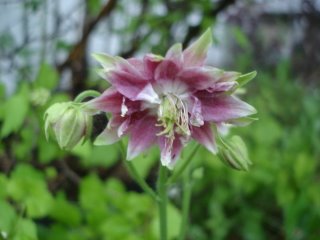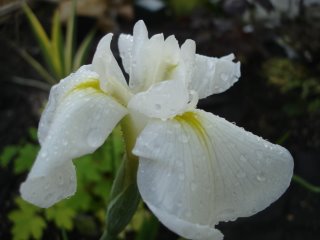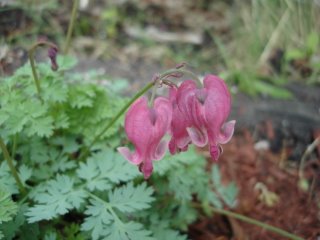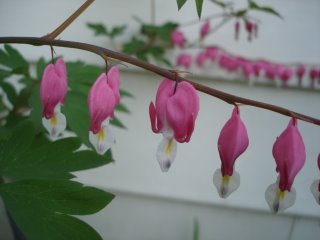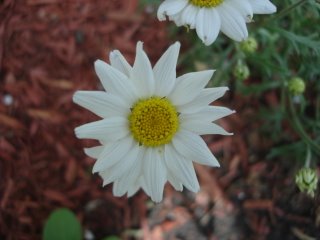
 Something really interesting about these guys is the difference in size between parviflorum and pubescens. A large egg was held right next to each flower. This is a young pubecens and its flower is already over twice the size of the fully mature parviflorum. Eventually the pubescens will be four times the size. Parviflorum is at the top and pubescens at the bottom.
Something really interesting about these guys is the difference in size between parviflorum and pubescens. A large egg was held right next to each flower. This is a young pubecens and its flower is already over twice the size of the fully mature parviflorum. Eventually the pubescens will be four times the size. Parviflorum is at the top and pubescens at the bottom.


